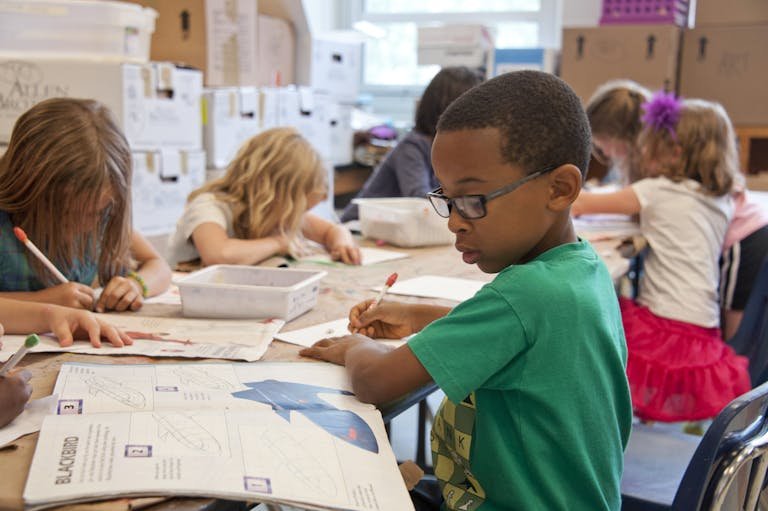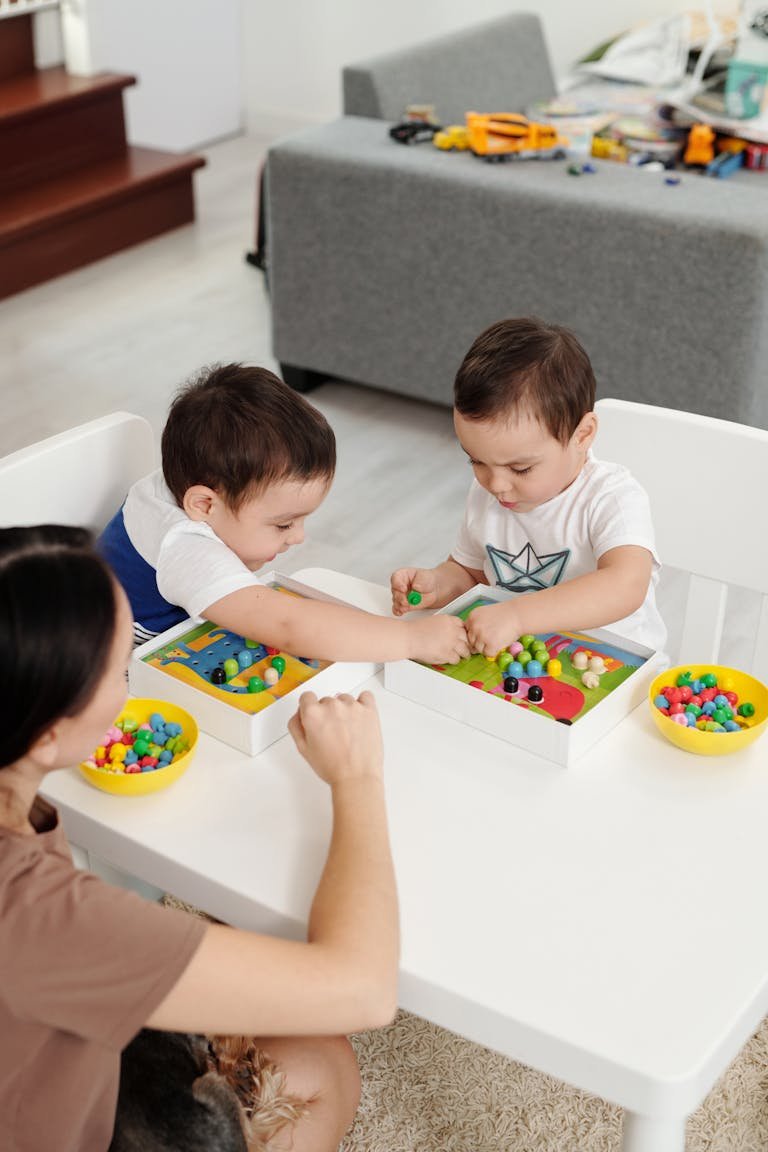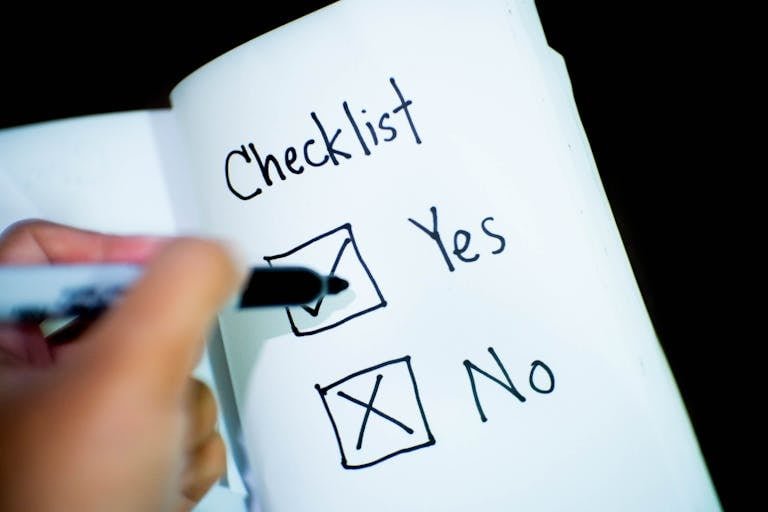
Listen, I know your days. They’re full. Full of planning, full of effort, full of moments of profound connection, and sometimes, moments of frustration. Whether you’re a therapist supporting clients or a parent guiding your child, you’re constantly looking for ways to help them grow, to build those foundational skills that make life easier, richer, and more independent.
And you know what? Some of the most powerful therapy doesn’t look like therapy at all. It looks like playing. It looks like creating. It looks like sitting together, side-by-side, with a pile of colorful potential.
This is where beads and buttons become your secret weapon. Seriously. Picking up those tiny objects, holding them just right, threading them onto a string or pushing them through a buttonhole – we’re talking about fundamental fine motor skills here. Dexterity, pincer grasp, hand-eye coordination. These are the building blocks for everything from drawing and writing to feeding ourselves and getting dressed. And practicing it this way? It’s engaging, it’s repetitive (in a good way!), and it often doesn’t feel like tedious practice. It feels like making something cool.
- Joint Attention: You’re both focused on the same thing – that pile of beads, the emerging pattern, the string you’re working on. That shared focus is GOLD. It’s essential for learning, for relating, for feeling connected to another person’s experience.
- Collaboration: “Which color next?” “Can you hold the string?” “I’ll do this part, you do that part.” You’re working together, taking turns, negotiating, and sharing. This is real-world social skill practice happening organically.
- Communication: Oh, the opportunities here are endless! Requesting materials (“More red beads, please!”), commenting on what they or you are doing (“That button is sparkly!”), asking questions (“Where does this go?”). You’re building functional language in context. As therapists, we see how crucial this is, and as parents, we cherish these communication moments.
But it goes so much deeper than just getting those fingers working. When you do this with someone, you’re unlocking massive potential for connection and social interaction.
We’re tapping into principles that we, as therapists, understand intuitively or through training – things like reinforcement (the fun of the activity, the finished product, your positive attention!) making the desired behaviors more likely, and shaping complex skills through simple, repetitive actions. It’s behavioral science wrapped up in creativity and connection.
Crafting Your “Skill & Memory Treasury”
Now, to make this really stick, let’s add a twist. Don’t just make stuff and toss it in a drawer. Let’s create a special “Treasury” for these creations.
This could be a designated box, a shelf, a display board. The key is that it’s a place where you keep the things you made together. Why is this so powerful? Because each piece becomes a tangible reminder of the skills practiced, the challenges overcome, and the time you spent connecting.
That slightly lopsided bead animal? That’s a memory of working on fine motor control and sticking with a task. That string of mismatched buttons? That’s the day you practiced requesting and turn-taking. When you look at these pieces, or even better, use them – hang an ornament you made together, wear a bracelet to a family dinner – you’re not just seeing a craft. You’re reliving the positive experience, reinforcing the skills learned, and celebrating the bond you share. It makes the progress visible and memorable in the best way.
Your Hands-On Challenge:
I want you to try this. Seriously. Clear just 20 minutes in the next couple of days.
- Find some beads, buttons, dried pasta to paint and thread – whatever small items you have and something to thread them onto (string, pipe cleaners, wire).
- Sit down with the person you support – your child, your client.
- Pick a simple goal: make a tiny decoration, a bracelet, or just spend the time sorting and threading together.
- As you do it, really notice the little things. See the focus in their eyes as they pick up a bead? That’s joint attention! Hear them ask for a color? That’s functional communication! Feel that shared sense of accomplishment when something is finished? That’s powerful reinforcement!
- When you’re done, make a big deal about what you created together. Find its spot in your new “Treasury.”
Observe, participate, and just soak in the interaction. You’ll see firsthand how these simple moments are packed with therapeutic value and genuine human connection. It’s not just a craft project; it’s intentional, joyful therapy happening right before your eyes.
So, open that button jar, find those forgotten beads, and start building skills, connection, and a Treasury of memories. What will be the first treasure you add? Let me know how it goes!









